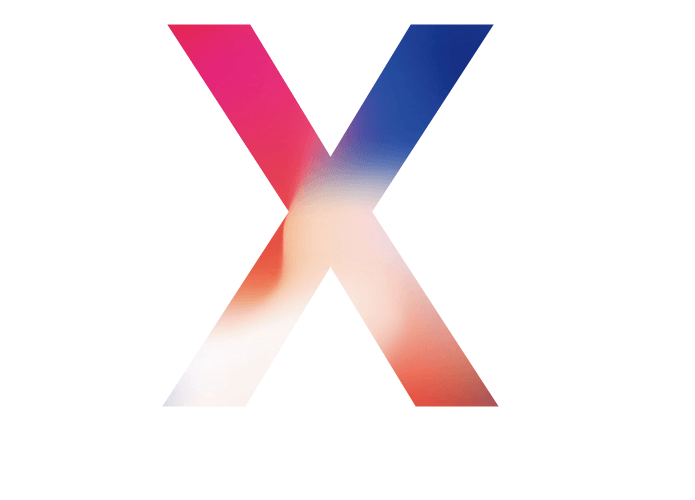By this point, it’s really no secret that analysts were disappointed with how many iPhone X units have been sold, and the debate about why the phone did not do very well continues. Now one firm has published the results of a survey which identifies two main reasons consumers did not upgrade to the iPhone X. If Apple is going to convince more people to upgrade in the iPhone XS and iPhone X Plus cycle, then it’s going to have to address these two problems.
Piper Jaffray analyst Michael Olson said his firm surveyed about 1,500 iPhone users who didn’t upgrade to the iPhone X. They found that the biggest problem by far is the price, with 31% of those who didn’t upgrade to the iPhone X saying that it was just too expensive. Another 8% said they wanted a model with an even bigger screen than what’s available.
Interestingly, 44% of consumers said they didn’t upgrade because their iPhone works just fine. Suddenly I’m recalling that so-called “feature” that slowed down older iPhone models when the batteries reached a certain age. Apple was lambasted for doing that in secret, although it vehemently denied the suggestions that it was trying to shorten the lifespan of its iPhones so they don’t work as well for very many years.
Most analysts generally expect a trio of new iPhones this year with the goal of addressing multiple price points and issues. Generally, analysts are expecting a massive iPhone X Plus, a less expensive iPhone X “lite” model, and an updated flagship model. Olson predicts that an expanded line of models including a large iPhone X Plus could trigger a “super-long” cycle, pushing upgrades “well into FY19.” This argument may sound familiar because several firms touted this year’s iPhone X cycle as being the one to trigger a “super-long” upgrade cycle lasting more than a year, but obviously, that isn’t happening.
Bank of America analyst Wamsi Mohan also expects a trio of new models this year, with the iPhone X Plus as the headliner. He feels that segmenting the product line last fall by keeping two previous models instead of just one when launching the new models was a god move. He said this enabled Apple to address all price points and also said that the iPhone’s share of the $500 to $599 and $600+ price points increased “significantly” in the second half of last year, thanks to this strategy.
Mohan generally agrees with the consensus, which is looking for a 6.5-inch iPhone X Plus with OLED display, an updated 5.8-inch iPhone XS, and a less expensive model with and LCD. He predicts that Apple will increase the iPhone X Plus price by $50, putting it between $1,149 and $1,199 while decreasing the price of the iPhone XS by up to $100. He explained that this will offer an even wider array of price points across the premium smartphone segment.





